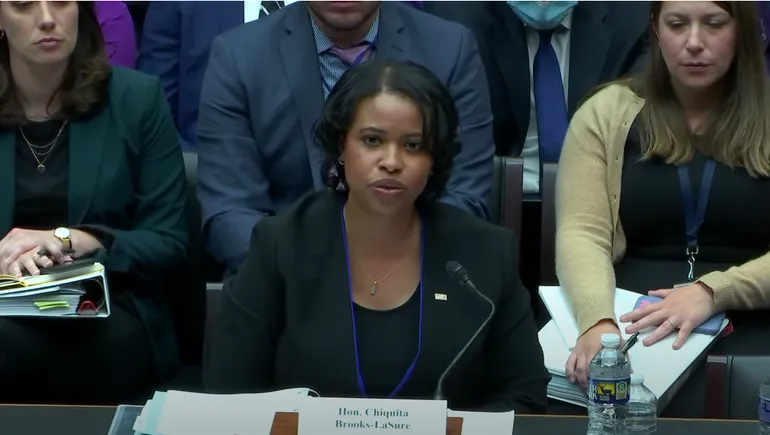The Centers for Medicare and Medicaid Services (CMS) announced a new pathway, Transitional Coverage for Emerging Technologies (TCET), aimed at accelerating Medicare coverage for innovative medical devices. Traditionally, obtaining national Medicare and commercial insurance coverage for a device post-Food and Drug Administration (FDA) authorization can take up to five years. To address this lag, the CMS will select up to five devices each year to undergo a speedy coverage determination process, ideally completed within six months of FDA approval.
Only devices that receive the FDA’s breakthrough designation qualify for the TCET pathway. This designation is reserved for devices that significantly enhance treatment or diagnosis of life-threatening or irreversibly debilitating conditions. Despite these advancements, the medtech community, represented by lobbying firm Advamed, expressed concerns. They objected to the annual cap of five devices and criticized the exclusion of diagnostic tools from this pathway. Advamed’s CEO, Scott Whitaker, highlighted these limitations as indicative of CMS’s need for more resources and expressed disappointment in leaving out diagnostics.
The CMS defended the cap by citing resource constraints, expecting around eight nominations annually but currently limiting acceptance to five. It acknowledges the potential for future adjustments to the program depending on the experience gained and resources available. The announcement comes after the Biden administration repealed a Trump-era rule that would have granted immediate Medicare coverage to devices and tests upon FDA authorization. This prior rule was discarded due to worries about the sufficiency of clinical evidence supporting these devices and tests.
The new TCET pathway builds upon lessons from the previous administration’s attempts but adjusts its approach by focusing selectively on devices with the most potential impact and aligning coverage more closely with demonstrated clinical benefits specifically for Medicare beneficiaries. This selective, careful approach contrasts with the earlier broad coverage policy, aiming to balance innovation with evidence-based medicine.
Furthermore, the TCET’s focus on breakthrough devices only comes in the wake of ongoing discussions about how best to integrate rapidly advancing medical technology into the Medicare system without compromising on the quality of care. While the FDA is tasked with assessing the safety and effectiveness of medical devices, the CMS evaluates these tools from the perspective of clinical benefit, which may not always coincide with FDA’s findings.
In the legislative arena, there have been calls for creating a payment pathway akin to that proposed in the scrapped rule. A bill introduced last year, the Ensuring Access to Critical Breakthrough Products Act, urges the CMS to establish payment codes for breakthrough devices within three months following FDA authorization. These devices would then be covered under Medicare for a transitional four-year period. This legislative effort, spearheaded by industry advocates like Whitaker, underscores the ongoing push from various stakeholders to streamline the process of integrating emerging medical technologies into the healthcare system.
The rollout of TCET thus marks a significant step by the CMS to not only foster medical innovation but also address the practical challenges and resource constraints it faces as an agency tasked with managing healthcare coverage for a substantial segment of the American population. This initiative reflects a nuanced approach to healthcare administration, one that seeks to incorporate cutting-edge medical technologies while ensuring that such integrations are backed by robust evidence of clinical efficacy for the populations they serve.
#CMS #finalizes #notice #Medicare #coverage #breakthrough #devices



